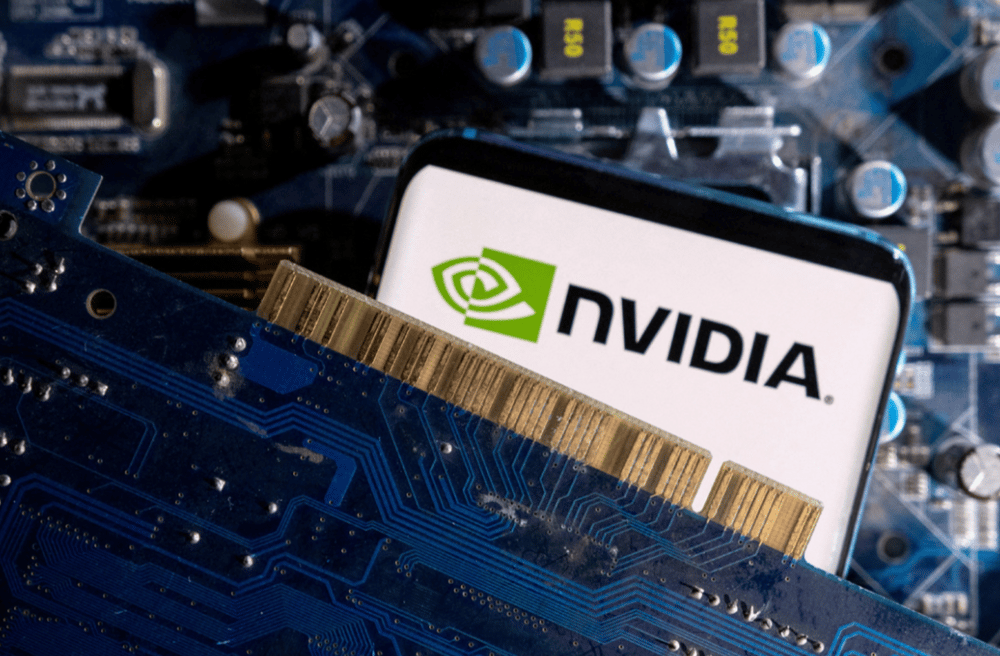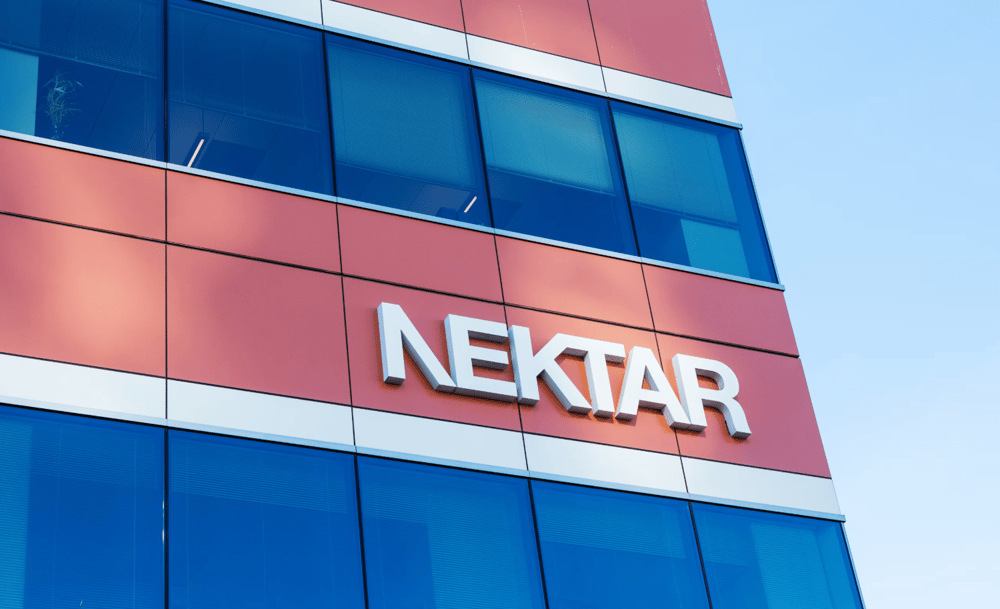Nvidia’s Budget AI Chips for China: A Strategic Pivot in Response to U.S. Export Curbs
Nvidia Corp. $NVDA, a dominant force in the artificial intelligence (AI) semiconductor market, is preparing to launch a new, cost-effective AI chip specifically for the Chinese market. This move follows stringent U.S. export controls that previously curtailed the availability of Nvidia's high-performance AI processors, including the H20 model. Sources familiar with the matter confirm that mass production of the new chip is set to begin in June.
Balancing Performance and Compliance
The upcoming chip will be part of Nvidia’s latest Blackwell architecture but is expected to offer significantly lower performance than its H20 predecessor. According to insider reports, the new unit will retail for approximately $6,500 to $8,000—substantially less than the $10,000 to $12,000 price point of the restricted H20.
This price drop reflects not just reduced performance but also design adjustments that make the chip easier and cheaper to manufacture. Nvidia appears to be navigating geopolitical and regulatory challenges by maintaining market presence in China without violating U.S. trade restrictions.

What Sets the New Nvidia AI Chip Apart
1. Architectural Trade-Offs
The chip leverages Nvidia’s Blackwell design, albeit in a stripped-down format.
It is built upon the RTX Pro 6000D, a server-class GPU that meets downgraded performance thresholds acceptable for export.
2. Simplified Memory Integration
Unlike high-end models, the new chip uses standard GDDR7 memory.
This swap from high-bandwidth memory (HBM) reduces both cost and complexity.
3. Packaging Simplicity
The chip avoids the use of CoWoS (chip-on-wafer-on-substrate) advanced packaging by TSMC.
This decision streamlines production and further aligns the chip with current export regulations.
4. Compliance-Focused Design
Every element—from performance specs to materials—has been tailored to meet U.S. export compliance while retaining utility for AI applications.

Layers of Impact in the Global AI Chip Supply Chain
Reshaping China’s AI Hardware Ecosystem: With access to fewer high-performance chips, Chinese firms may pivot toward optimizing software and algorithmic efficiencies over raw compute power.
Pressure on Domestic Alternatives: Nvidia’s move may intensify competition for Chinese AI chipmakers like Huawei’s Ascend series and those developed by Biren Technology.
Market Diversification: The new chip demonstrates Nvidia’s adaptive strategy to maintain global revenue streams despite tightening U.S. export regulations.
Deep Tech Adjustments in the Face of Export Sanctions
Engineering Evolves to Meet Geopolitical Challenges:
No use of HBM
Excludes CoWoS packaging
Lower thermal and power requirements
Based on server-class RTX Pro 6000D
Target price significantly reduced
Conclusion: Tactical Innovation Amid Policy Constraints
Nvidia’s tailored AI chip for China encapsulates a broader strategic shift—leveraging technical flexibility to navigate global regulatory landscapes. While performance compromises are evident, the approach underscores Nvidia's agility in maintaining relevance and revenue in one of the world’s most critical AI markets. This initiative also sets a precedent for how semiconductor firms might future-proof their operations amid increasingly complex trade dynamics.















Comments